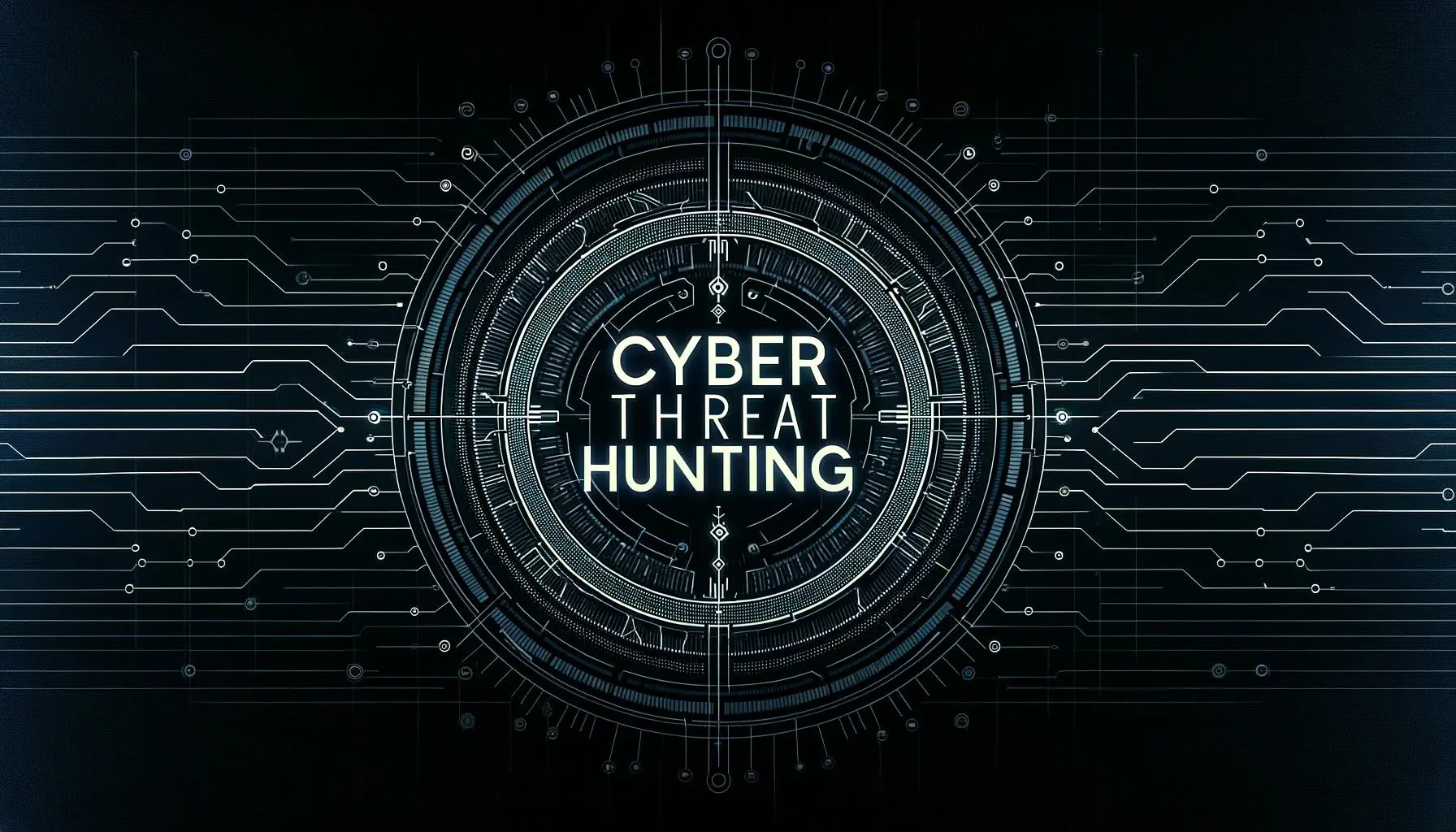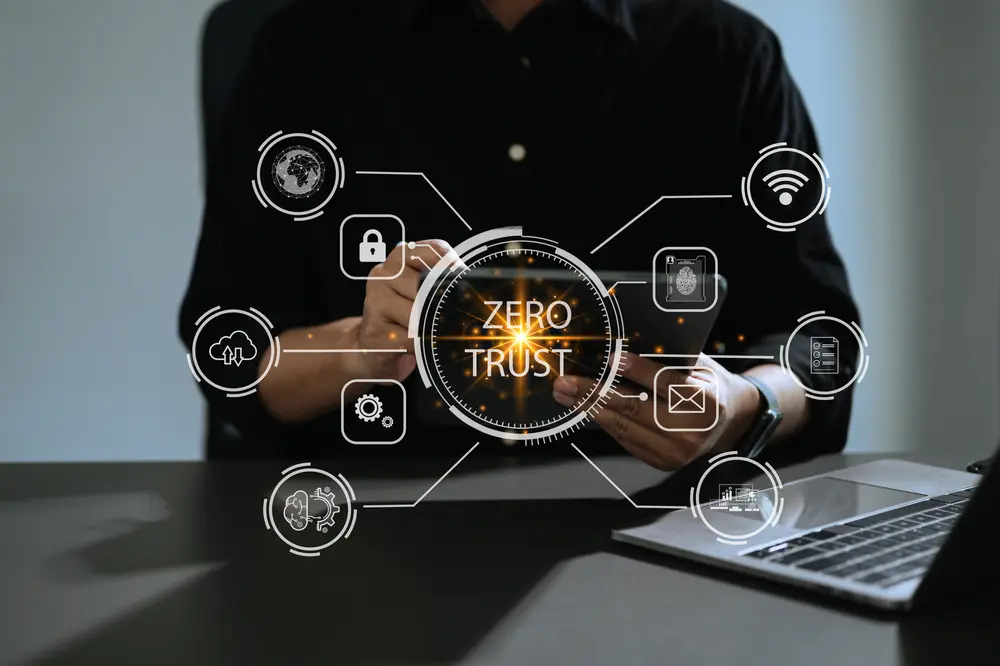Zero Trust can significantly improve an organization’s cybersecurity posture by minimizing the attack surface, limiting lateral movement in case of a breach, improving visibility into network activities, and enabling more rapid detection and response to threats.
Traditional perimeter-based security models are based on the concept of having a strong external defense to keep threats outside the network, while everything inside the network is considered trustworthy by default. Once a user is authenticated and gains access, they are typically able to move around within the network without restrictions.
Zero Trust security, in contrast, operates on the principle of “never trust, always verify.” It presumes that a threat can come from anywhere, both outside and inside the network, and thus no user or device is trusted by default, even if it’s already inside the network perimeter. Access is strictly limited and continuously evaluated based on the user, device, application, and data sensitivity.
The key principles of a Zero Trust model include:
Least-Privilege Access: Users, systems, and devices are only given the minimal access required to perform their tasks and for the minimum time necessary.
Micro-segmentation: Networks are broken down into smaller, isolated segments to limit lateral movement in case of a breach.
Multi-Factor Authentication: More than one method of verification is used to authenticate users, such as a password plus a temporary code sent to a trusted device.
Continuous Monitoring and Verification: Systems and activities within the network are continuously monitored, and users and devices are regularly re-authenticated.
Some of the challenges in implementing a Zero Trust model are:
Legacy Systems: Older systems might not support Zero Trust principles, requiring upgrades or replacements.
Cultural Resistance: Users accustomed to unrestricted access may resist the extra steps required for authentication.
Complexity: Implementing Zero Trust requires a thorough understanding of the data flows, applications, and services in use, which can be complex in large organizations.
Cost: It can be expensive to implement Zero Trust, especially for larger organizations.
The role of MFA, IAM and Micro-segmentation:
Multi-Factor Authentication (MFA): MFA is key to verifying the identity of users in a Zero Trust model. By requiring more than one method of verification, it provides an additional layer of security that protects against compromised credentials.
Identity and Access Management (IAM): IAM tools help manage and monitor user access in a Zero Trust environment. They can ensure that access rights are appropriately granted and regularly reviewed.
Micro-segmentation: Micro-segmentation divides the network into smaller, isolated segments, limiting the ability of an attacker to move laterally within the network if they gain access. This is a critical part of a Zero Trust strategy.
The balance between user experience and Zero Trust:
Using Context-Aware Policies: These limit the need for re-authentication by considering the user’s role, location, device, and behavior in deciding whether to grant access.
Implementing User-Friendly MFA: This could include biometrics or app-based authentication that are easier for users to manage than traditional methods.
Providing Training and Education: Users should understand why additional security measures are necessary and how they protect both the organization and themselves.
Zero Trust in the era of Work From Home:
Zero Trust is particularly well-suited to remote work environments, as it assumes that all network traffic could be potentially untrusted, regardless of where it originates. With remote work, organizations can no longer rely on the physical security of an office environment or the assumed security of a corporate network. Therefore, all remote users and devices need to be authenticated and continuously validated, while their access to resources is strictly controlled and monitored. Technologies like VPNs, MFA, IAM, and endpoint security are crucial in such a scenario.
Here’s how some concepts from the Zero Trust model map to the MITRE ATT&CK framework:
Least-Privilege Access: This is directly linked to the MITRE ATT&CK framework’s concept of “Privilege Escalation”. By enforcing the least-privilege access, you are actively preventing an adversary from escalating privileges and accessing sensitive parts of the system.
Micro-segmentation: This concept is linked to “Lateral Movement” in the MITRE ATT&CK framework. By creating isolated network segments, you limit an attacker’s ability to move laterally within the network.
Multi-Factor Authentication (MFA): MFA provides an extra layer of protection against “Credential Access” techniques, such as Brute Force, Credential Dumping, and others.
Continuous Monitoring and Verification: This aligns with the “Discovery” and “Exfiltration” tactics of the MITRE ATT&CK framework. Constant monitoring and verification help in detecting unusual activity and attempts to exfiltrate data.
Identity and Access Management (IAM): IAM systems can help counter “Initial Access” techniques like “Phishing” or “Exploit Public-Facing Application” by managing and monitoring who has access to your systems.
6. Endpoint Security: This is crucial for preventing “Execution” techniques, where the adversary tries to run malicious code on your systems.
In this way, Zero Trust principles can be directly linked to various tactics and techniques in the MITRE ATT&CK framework, helping organizations to effectively counter potential cybersecurity threats.
NIST SP 800-207 (Zero Trust Architecture) directly provides a roadmap for organizations to move towards a Zero Trust Architecture (ZTA). NIST SP 800-63 provides guidelines for digital identity, which includes MFA and other identity proofing/authentication measures used in Zero Trust.
Some CIS controls align with Zero Trust principles, such as Control 4 (Controlled Use of Administrative Privileges), Control 14 (Controlled Access Based on the Need to Know), and Control 16 (Account Monitoring and Control).
For organizations providing cloud services to the U.S. government, FedRAMP provides a standardized approach to security assessment, authorization, and continuous monitoring. Several of its requirements align with Zero Trust, such as requiring strong identity and access controls and continuous monitoring.
Tags: Zero Trust
Category: Cybersecurity


